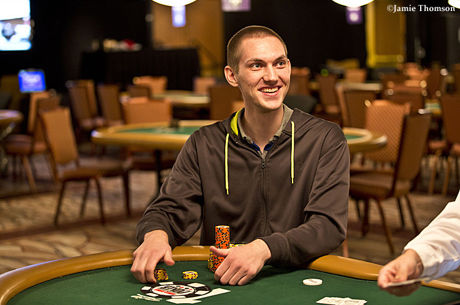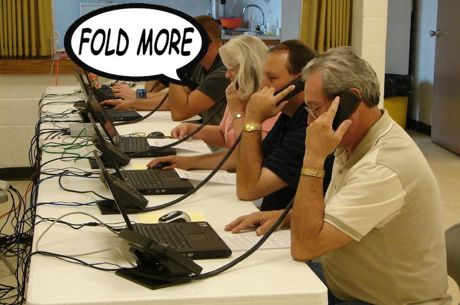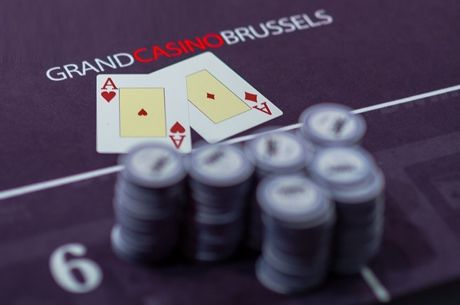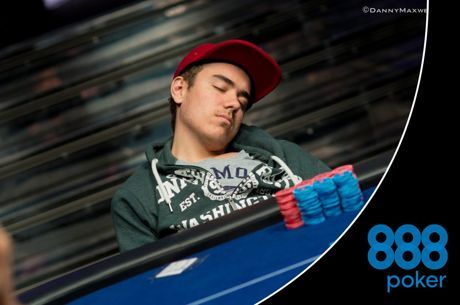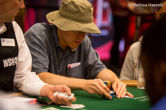Three Questions About Blind-Stealing from the Button
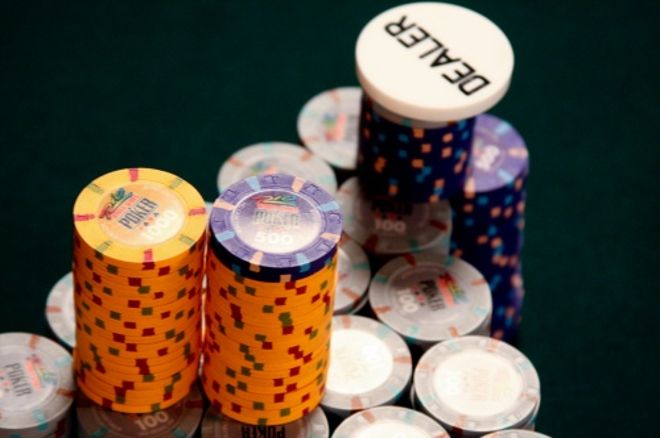
We all play a lot of pots where a late-position player is taking a flop against a blind. Most of us, though, are better at knowing when to expect a wide range than knowing precisely how wide ranges interact with various boards.
As a quick drill, then, let's go through a quick preflop and flop scenario. I'll stop along the way to test you.
It folds to you on the button. Your raising range is...
- AA-22 (all pairs), AK-A2 (all ace-x hands)
- KQ-K8, K7s-K2s
- QJ-Q8, Q7s-Q5s
- JT-J8, J7s
- T9-T8, T7s
- 98-54 (connectors), 97-64 (one-gappers), 43s, 53s
This is, approximately at least, a fairly common opening range — any pair, any ace, any Broadway hand, some other offsuit hands with high-card power, a few more suited hands with high-card power, and some connected hands.
I have three questions for you regarding this wide range of opening hands. With each, read the question first then close or avert your eyes for a moment and think of your answer. Then read on.
Question #1: What percentage of your hands are you raising? (Try to get within 5%.)
The list above contains 690 of the 1326 possible combinations of starting hands, which means your range includes roughly 52% of them.
The big blind calls, and the flop comes J♠3♠2♣.
Question #2: How much of your range has at least one pair on this board?
The flop blocks 46 of the 690 combinations. Of the remaining 644, 69 are pocket pairs (9 of the 78 original combinations are blocked); 73 are unpaired hands that contain a jack (12 each of AJ-J8, plus one combination of J7s); 12 are A3 and A2; and 4 are other suited hands (K3s, K2s, 53s, 43s).
That means that 158 of your 644 combinations or just under a quarter of them — about 24.5% — are made hands that are one pair or better.
Question #3: How much of your range has no pair, but does have a flush draw or straight draw?
There are nine suited aces and eight suited kings that don't have a pair. We also specified six suited but unpaired queens, three suited tens, and nine other suited hands (five connectors and four one-gappers). That makes 35 flush draws. Among straight draws, there are 16 open-ended combinations and 48 gutshots (A4, A5, and 64). Of those, we already counted four, because they are also flush draws. That leaves 60 combinations of straight draws.
You have 95 combinations of draws out of the 644 total combinations, which is just under 15% of your hands.
You’re Still Hitting Flops Even With a Wide Opening Range
I hope that this simple exercise improves your sense of what a wide range looks like in this common situation. Although you raised very wide, it's not so hard for you to have something even on this seemingly unremarkable J♠3♠2♣ flop.
Roughly 40% of your range is a pair or a draw, and much of that is top pair or better or a strong draw. On top of that, another 48 combinations (7.5% or so) have two overcards (though three of those are already counted among the flush draws).
Those three components of your range — your pairs, your flush and straight draws, and your two-overcard hands — make up about half of it.
What to do with all those hands, not to mention the other half of your range, is a harder question, but one that’s discussed much more often. Drilling these sorts of questions improves your sense of where you start in these spots, and will help you improve and understand your betting and checking ranges over the felt.
The Kindle edition of Nate Meyvis's new book, Thinking Tournament Poker, Volume 2, is now available on Amazon. Be sure also to check out Nate and Andrew Brokos on the Thinking Poker podcast, and for more from Nate visit his blog at natemeyvis.com.
Want to stay atop all the latest in the poker world? If so, make sure to get PokerNews updates on your social media outlets. Follow us on Twitter and find us on both Facebook and Google+!

